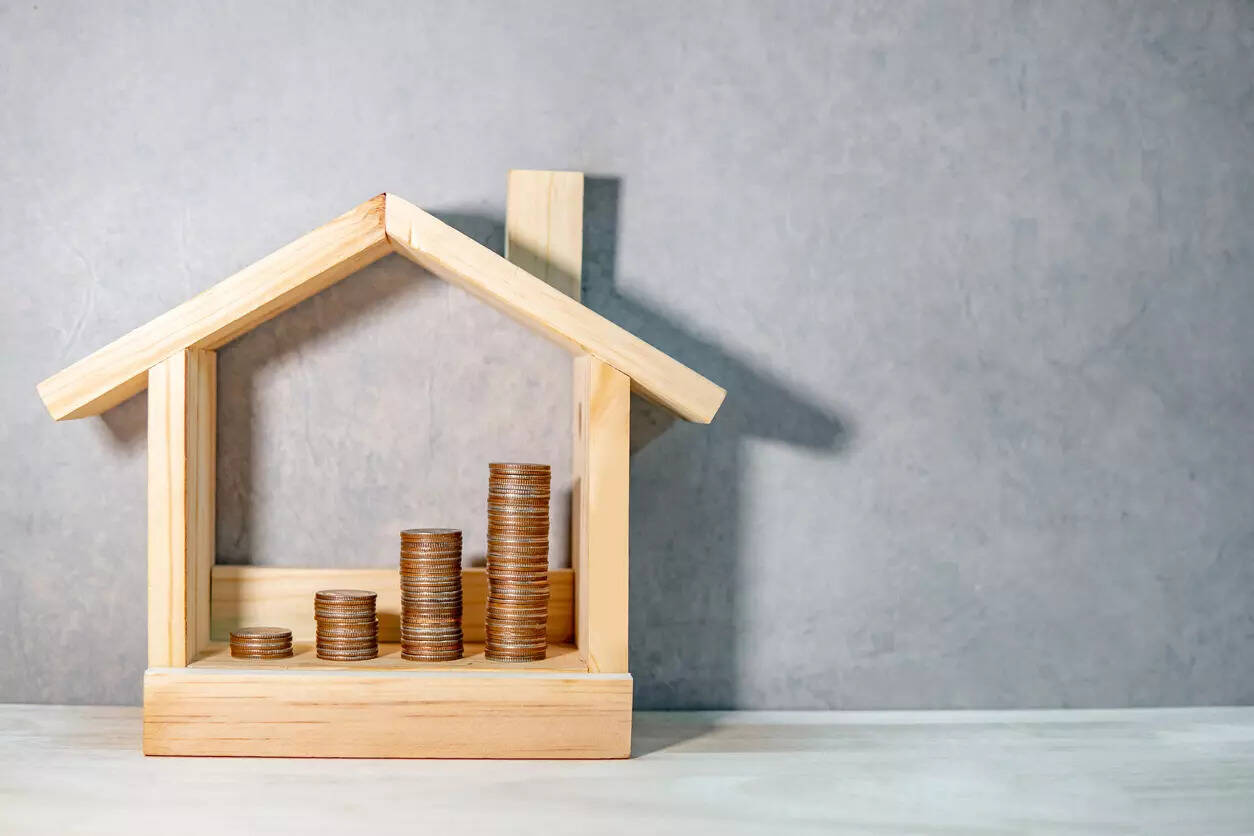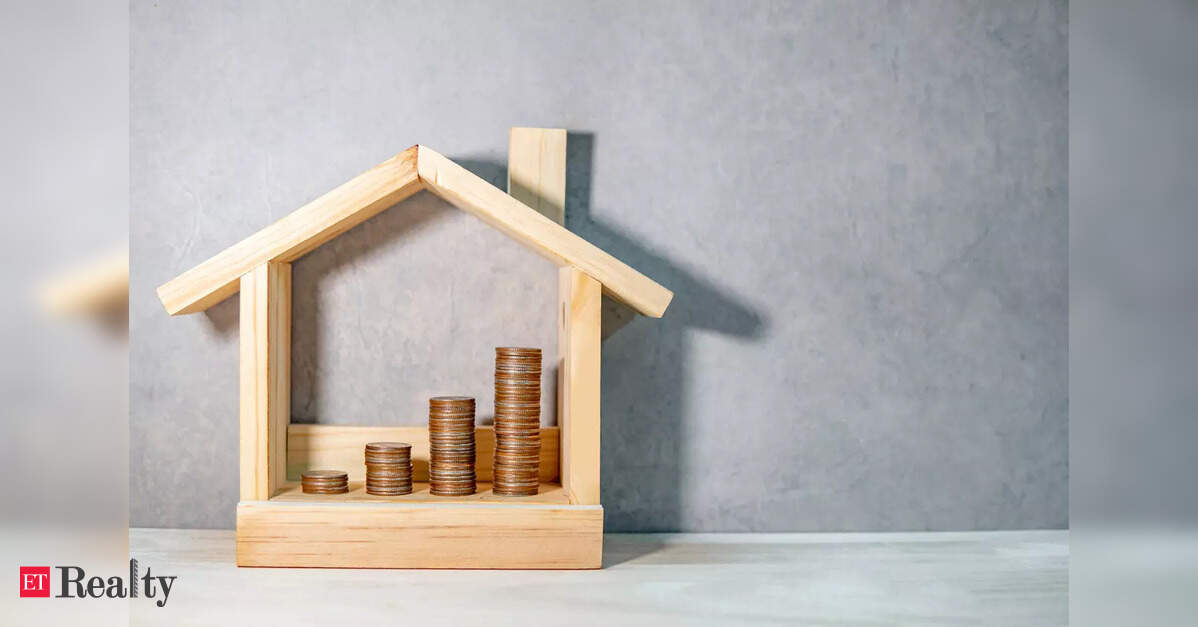
NEW DELHI: According to a report by Knight Frank India, the eight leading residential markets sustained their sales momentum, with 87,603 housing units sold in Q3 2025.
Despite predictions of a market correction, residential sales saw a 1% year-on-year increase in Q3 2025, with year-to-date (YTD) figures slightly down by 1%.
The sales momentum was supported by a rise in prices across all markets for Q3 2025, even though the supply of new units recorded a 2% decrease from the previous year, totaling 88,655 units.
The macroeconomic conditions were stable, with inflation decreasing to 2.07% in August 2025, down from 3.65% a year earlier.
Mumbai Leads the Market
Mumbai remained at the forefront, selling 24,706 units (+2% year-on-year), representing 28% of total sales. Chennai experienced the strongest growth at 12% year-on-year with 4,617 units, marking its highest sales since the pandemic. Other key areas such as the National Capital Region (12,955 units) and Bengaluru (14,538 units) showed steady performance, while Pune saw sales drop by 8% year-on-year.
In Q3 2025, prices continued to rise as developers rolled out financing options, including partnerships with banks and subvention schemes to boost sales. Contrary to expectations of a correction, the residential market remained stable and resilient in Q3 2025.
Shishir Baijal, chairman & managing director of the company, remarked, “India’s residential market in Q3 2025 has showcased a commendable ability to maintain momentum, now entering its fifth year of an upward cycle. As a result, the year-on-year growth rate is stabilizing, indicating we may be approaching a prolonged plateau phase.”
New Launches
In Q3 2025, the top eight markets in India launched 88,655 new units, reflecting a slight year-on-year dip of 2%. The increases in new launches were led by Chennai (+44% year-on-year) and Bengaluru (+28% year-on-year), while both Mumbai and NCR experienced notable reductions in new units (-19% year-on-year each), impacting overall supply.
This quarter emphasized a trend towards premium housing, with sales of units priced under ₹1 crore dropping to 48% in Q3 2025, down from 54% in Q3 2024. Conversely, sales of homes exceeding ₹1 crore surged to 52%, marking a 15% year-on-year increase while segments under ₹1 crore saw a decline.
Gulam Zia, senior executive director (Valuation, Advisory and Research), stated, “Premium housing has emerged as the dominant force, constituting over half of all sales this quarter. The strength of the ₹1–2 crore segment highlights a significant shift in buyer preferences.”
Within the premium category, the ₹1 crore – ₹2 crore bracket accounted for 28% of total sales. Notably, year-on-year performance in the ₹10-20 crore category saw a staggering 170% increase in Q3 2025 compared to the same period last year.
Inventory Trends
The weighted average of quarters to sell (QTS), a critical market health indicator, remained stable at 5.8 quarters, equivalent to less than 18 months’ stock availability, signaling a robust market.
Although unsold inventory rose by 4% year-on-year to 506,400 units, the strong sales velocity over the past eight quarters indicates persistent demand. Higher ticket-size categories exceeding ₹10 million, such as ₹20–50 million (+47% year-on-year) and ₹200–500 million (+19% year-on-year), have seen notably increased unsold inventory compared to lower segments. Luxury and super-luxury segments (above ₹200 million), though smaller in volume, recorded a QTS of nine.




